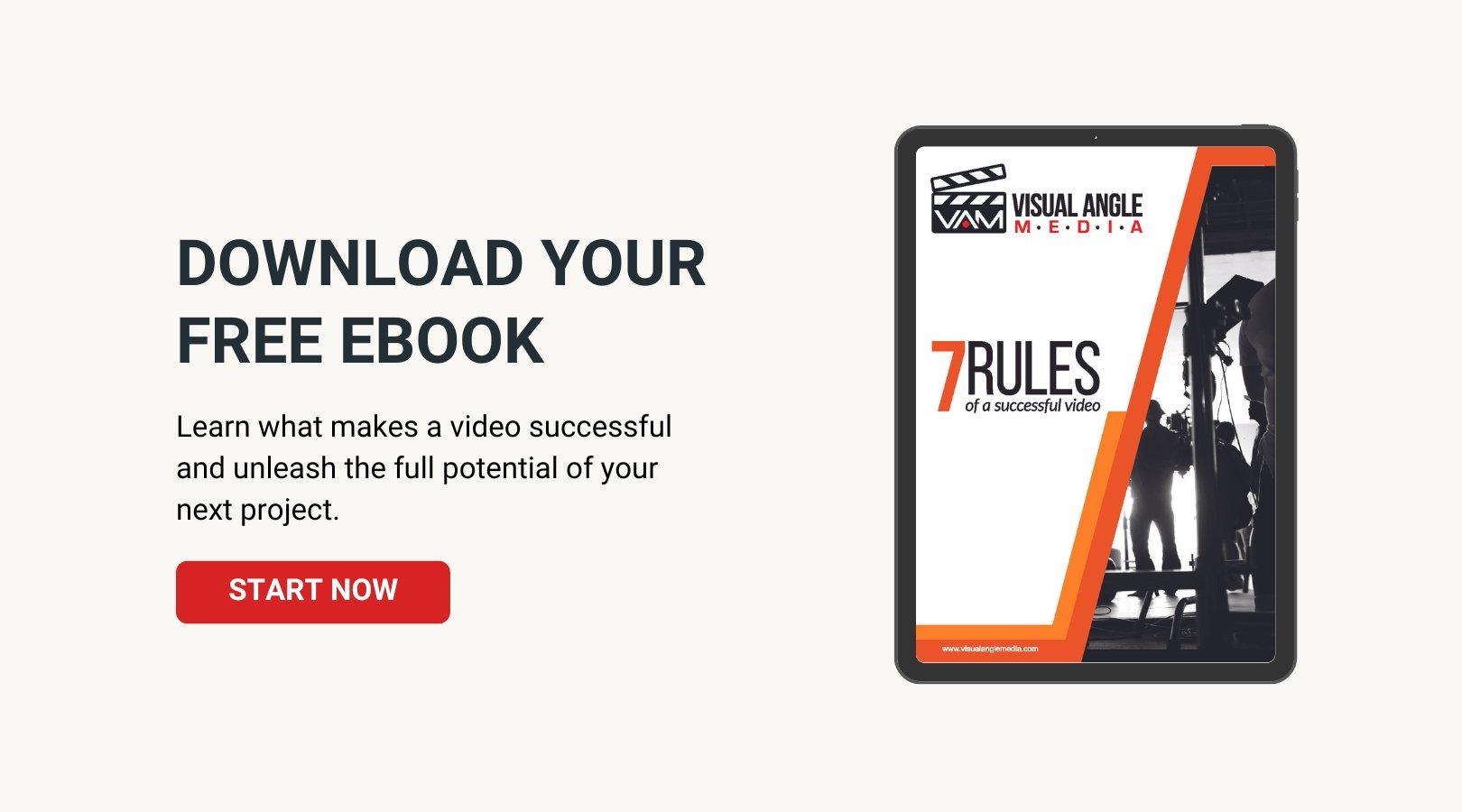Boost Employee Engagement and Learning with Internal Training Videos

Video has become a must-have communication and training tool for modern organizations. According to a survey from Hubspot, 78% of respondents say video helps them understand a product or service better than text alone. Video's ability to engage audiences and convey information clearly makes it extremely valuable for internal purposes like training employees or communicating company announcements.
For companies looking to get started with video, the good news is that high-quality production is not essential for internal videos. The priority is conveying relevant information to employees in an accessible, engaging format. With a bit of planning and creativity, any organization can adopt video for key initiatives like onboarding, upskilling employees, streamlining training, and keeping staff informed.
Benefits of Internal Training Videos
Here are some of the main reasons why video should be central to your employee training and communications strategy:
- Boost engagement - Videos keep employees focused and interested in learning key information and procedures. Viewers retain more information from videos compared to manuals.
- Enhance understanding - By seeing processes in action, employees better understand steps and standards. Videos improve knowledge retention.
- Improve training consistency - Videos standardize training across locations, ensuring employees learn the same way.
- Increase accessibility - Employees can access videos anytime to reinforce training or view them at their own pace.
- Reduce costs - Videos scale across the organization, eliminating redundant in-person training sessions.
- Support flexibility - Employees can watch videos on their own devices and schedules. Videos enable self-paced learning.
- Boost productivity faster - Well-trained employees get up to speed quicker with less ramp-up time required.
How to Produce Effective Internal Training Videos
Follow these best practices when developing internal training videos:
Keep it concise
- Shorter videos are more likely to be watched in full. The optimal length is 2-5 minutes.
Focus on a single topic
- Tackle one learning objective at a time instead of overloading employees with too much information.
Use simple visuals
- Complement the narration with basic graphics, screen captures, or photos. Avoid crowded, distracting visuals.
Speak conversationally
- Use natural, friendly language instead of a rigid script. Build rapport with the viewer.
Show real examples
- Incorporate real footage and examples from your workplace to make it relatable.
Highlight key takeaways
- Recap the main lessons, action items, or next steps employees should remember.
Encourage sharing
- Make it easy for managers to share videos with their direct reports for reinforced learning.
Options for Internal Training Video Production
You don't need a Hollywood budget or studio to start using video training. Here are various options from DIY to professional production:
- Screen recordings - For simple software how-tos, use built-in screen recording tools. Narrate as you navigate the program.
- Video messaging - Quickly record short video messages to employees using apps like Loom or Vidyard.
- Employee-generated - Have in-house experts record short videos sharing their knowledge. Shows authenticity.
- Live streaming - Use a tool like Vimeo Livestream for live virtual training sessions employees can view together.
- Animations - Hire a freelancer to create animated explainer videos on processes, safety, etc.
- Stock Footage - Mix budget stock video clips with custom narration. Sites like Adobe Stock have millions of HD clips.
- Full production - For higher budgets, hire a professional video team for full end-to-end production.
- Hybrid approach - Combine professional segments with employee-generated videos for affordable but polished results.
Promoting Viewing & Engagement
Recording quality videos is only half the battle - you need to motivate employees to invest their time in viewing them as well. Here are tips to drive awareness and engagement:
- Promote through internal channels - Leverage newsletters, intranet, email, town halls, and internal social networks to spotlight new videos. Feature on the homepage.
- Leadership endorsement - Have managers and executives actively champion video training and recognize employees who complete them.
- Gamification - Incorporate quizzes, points, or friendly team competitions to motivate video viewing.
- Discussion guides - Create supplemental materials like discussion questions or worksheets to apply learnings.
- Mobile access - Enable seamless viewing on smartphones and tablets so employees can watch on the go.
- Analytics - Track video viewing metrics to target underperforming areas and improve relevance.
Video is an extremely flexible medium that can make nearly any information more engaging and effective for employees. As part of a multimedia learning strategy, video gives companies an invaluable tool to develop and empower their people. The benefits range from quicker ramp-up for new hires, consistent onboarding and training, reduced compliance risks, and better knowledge retention. Video also enables continuous learning to build critical skills for the future while saving time and costs.
While production quality is important, the content itself is king. As long as internal videos are focused, concise, and have relevant information, they will be a worthwhile investment. Employees today expect and respond to authentic, engaging video content. Making it a staple of your learning and communications not only improves outcomes but signals you are a modern, progressive employer.

Written by Fabrizio Colombi
With a lifelong passion for video that ignited at the young age of 10, Fabrizio has honed his skills in production and direction to mastery. His focus and love for visual storytelling now translate into empowering businesses with engaging videos. By creatively developing videos that resonate with audiences, Fabrizio facilitates growth and innovation for companies, turning his childhood fascination into a professional mission. His dedication to crafting compelling visuals is not merely a career; it's an extension of who he is.





